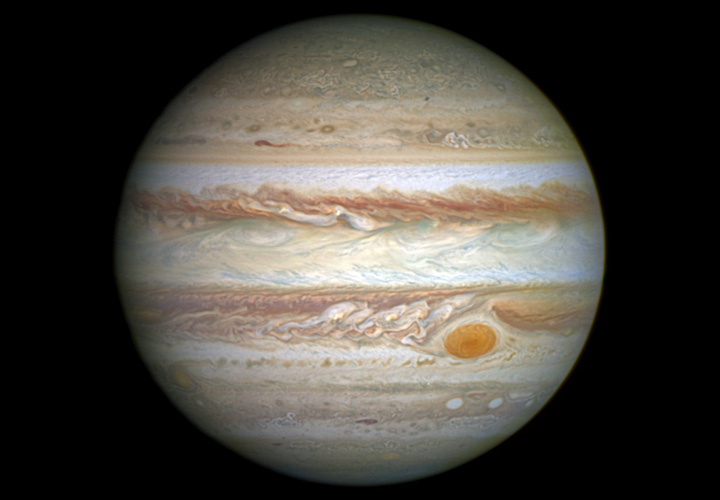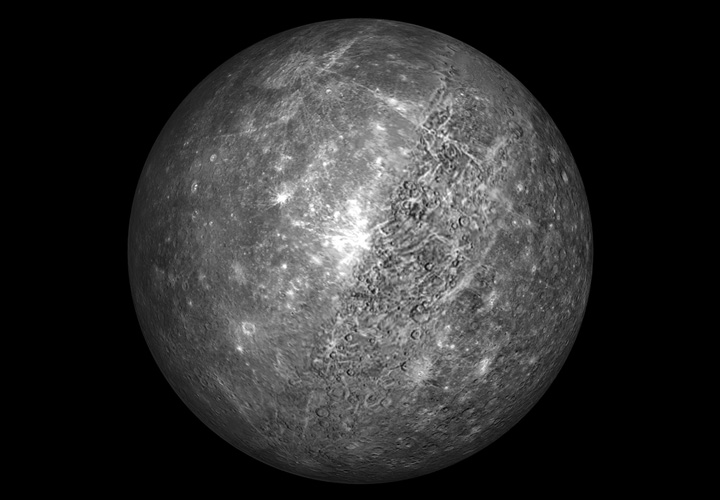15 Facts about Mercury: The Messenger of God
Mercury ( ☿ , बुध ), the closest planet to the Sun is the one which faces its maximum fury. This tiny piece of rock has its own fascinating features. Here are some interesting facts about the mighty Mercury: Both moons individually only have a mass equal to 40% of Mercury The Roman god Mercury serves as the guide of souls to the underworld An observer on Mercury would see only one day every two Mercurian years The polar region is constantly below -93° C Mercury is too small and hot for its gravity to retain any significant atmosphere over long periods of time Appendix: Exosphere This Exosphere contains Hydrogen, Helium, Oxygen, Sodium, Calcium, Potassium and others. Mercury’s gravity is double that of our Moon Mercury’s magnetic field is much weaker than Earth‘s magnetic field. It is still strong enough to deflect…

